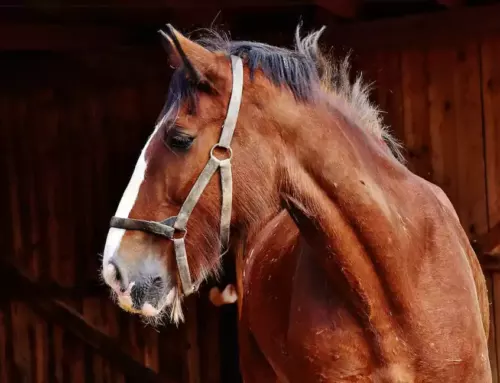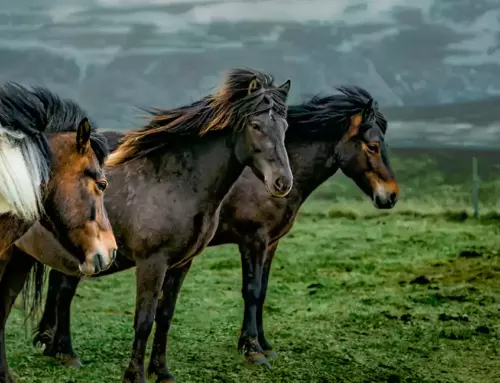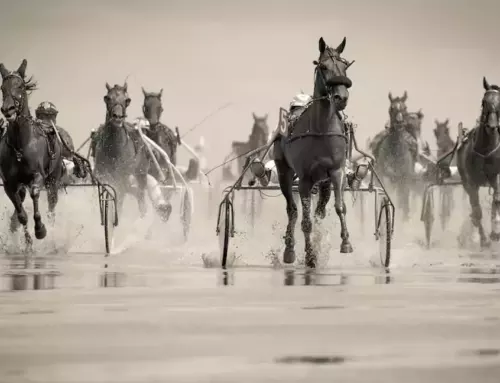The mane and tail of a palomino horse are also white or very light cream color and the rest of the horse’s coat is yellow or gold. They get their color from a chestnut base coat gene that was diluted with creme. The palomino color horse of their coats is what makes them so desirable.
There are few horse breeds more striking than the palomino. Not only have members of the royal family and the Hollywood elite prized them, but a palomino horse’s many qualities extend far beyond its striking coat.
Palomino Horse History & Origin
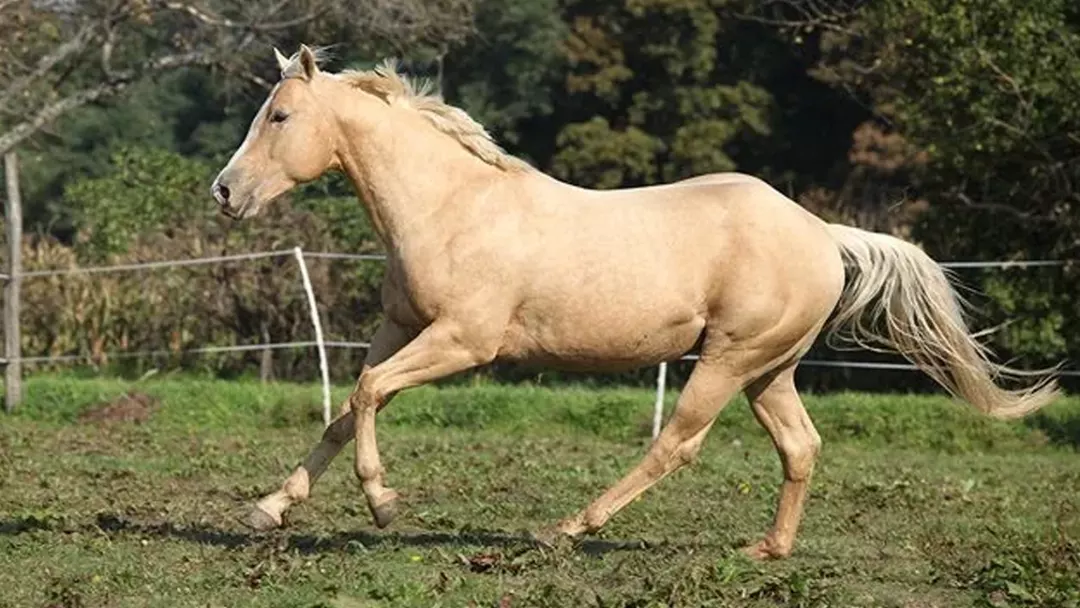
It is believed that the Palomino horse first appeared in Spain around 1519, at the dawn of the Spanish New World and Cortez’s reign. Although their precise history is clouded by mystery, these horses can trace their roots back to Spain. The royal family, the nobility, and the highest-ranking members of the military have relied on Palomino horses for centuries because of their exceptional coloration.
Palomino horses, a golden breed once known as “the horse of the queen,” became a symbol of wealth and status in Spain. These horses, with their grace and agility, proved indispensable to the Spanish mission of colonizing the New World and were soon considered trusted friends of the explorers.
That’s why there were so many Palomino Horses in the area after the United States won the Mexican-American War in 1848 and took control of the territory now known as California. Due to their athleticism, the wealthy of early California used Palominos as racehorses. The Palomino horse and its distinctive golden coat continue to represent prestige, success, and luxury even today.
The Palomino Horse was highly sought after because of its strength and popularity. The golden horse, however, faced extinction as other horse breeds, like the Thoroughbred, were imported from Europe. Its renewed popularity is a phenomenon over the past few years.
The Palomino Horse Association was established in 1936 and The Palomino Horse Breed of America in 1941 to preserve and promote the Palomino horse breed.
Palomino Horse Temperament

Our trail-riding palomino has a steady disposition and leads the group with ease. One of the most popular studs in the area, thanks to his pleasant demeanor and good looks. I was surprised by his lack of excitement and began to wonder if Palomino horses typically have a pleasant disposition because of his example.
The term “temperament” refers to the general disposition of a horse breed. Color-bred horses are called palominos. The temperament of a roan horse is the same as that of any other roan horse or any other colored horse of that breed.
The palomino’s demeanor, if it is indeed a Quarter Horse, should be easygoing and willing to please. If the palomino is actually an Arabian, however, it will be much more spirited and high-strung than a typical palomino horse breed. Even more so than coat color, breed determines a horse’s temperament. Yet, the root of the problem is found in our genetic makeup.
The temperament of most horses is similar to that of their parents. Easy Jet’s offspring, for instance, had a reputation for being difficult to train but lightning fast. There were some experienced horsemen I knew who, no matter how fast their horse was, would not own an easy jet horse.
Palomino Horse Appearance
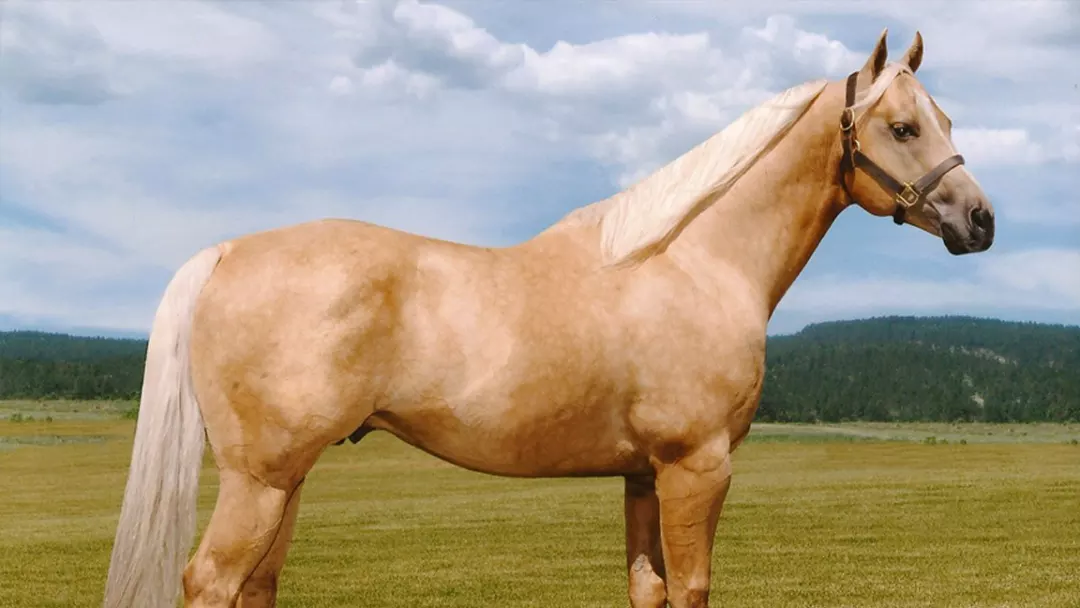
Palomino horses have a golden coat and white mane and tail because of a dilution gene (more on this later). The mane and tail can be any shade of white, silver, or cream.
The palomino color horse coat is nearly identical to that of a United States gold coin, though it can range from very light to very dark depending on factors such as the time of year, the animal’s diet, and the genetics of its parents. Because of a dilution gene, Palomino horses have a golden coat with white manes and tails (more on this later). The mane and tail can be white, silver, or cream in color.
The coat color is very similar to that of a United States gold coin, though it can range from very light to very dark depending on factors such as the time of year, the animal’s diet, and the genetics of its parents.
Some palomino horse breeds, for example, tend to be very light in the winter and darker in the summer. Darker skin tones may be present in older Palominos. Coat dappling is another possible side effect of feeding your horse a high-protein diet.
The most frequent examples of palomino color horses are as follows:
- The most common type is the gold palomino, so named because its coat color is similar to that of a gold coin.
- Not as eye-catching as gold Palominos, light Palominos have coats that are more sandy or creamy white than golden. For the simple reason that brown is one of their primary hues. Although they might look similar and have pink skin and 2 genes that cause cream dilution.
When the dilution gene is introduced into a liver chestnut horse, the result is a chocolate palomino, a shade darker than a golden palomino. Some chestnut horses with a flaxen mane and tail are registered as chocolate palominos because the registries don’t require the horse to have a specific gene to be considered a palomino.
Palomino Horse Characteristics
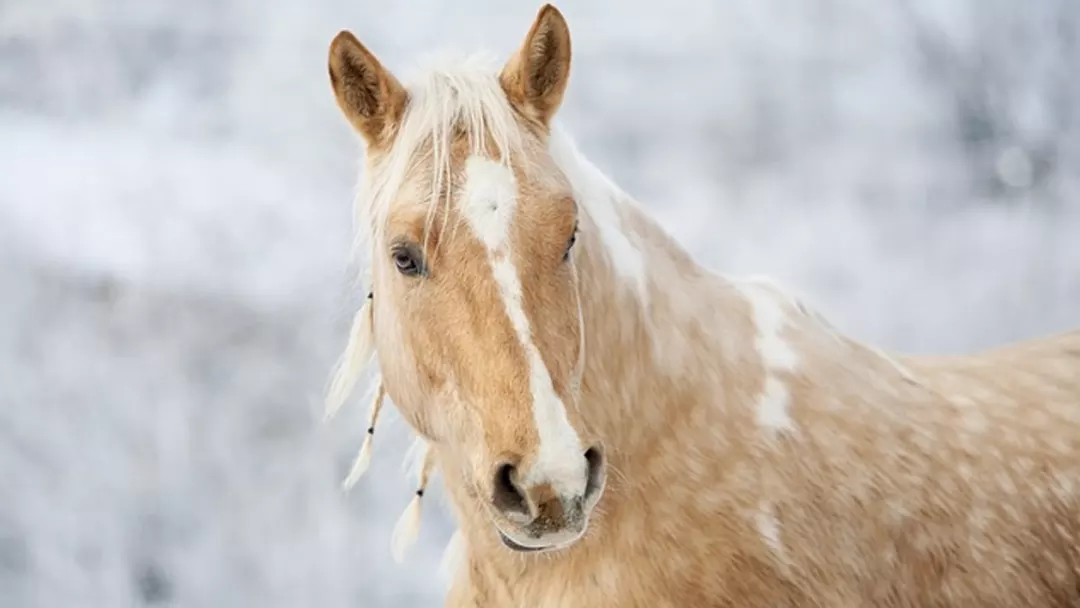
As we have previously established, the distinctive golden hue of the palomino horse is what sets it apart from other types of horses; but what are some of the other features and qualities that palomino horses have?
A Palomino that is of a light hue, specifically white, silver, or ivory. There are some Palominos that have chestnut markings throughout their mane and tail, as well as white markings on their faces and/or below their knees, but this is not always the case.
Hazel eyes 14-16 hands in height Weigh between 1,000-1,200.

